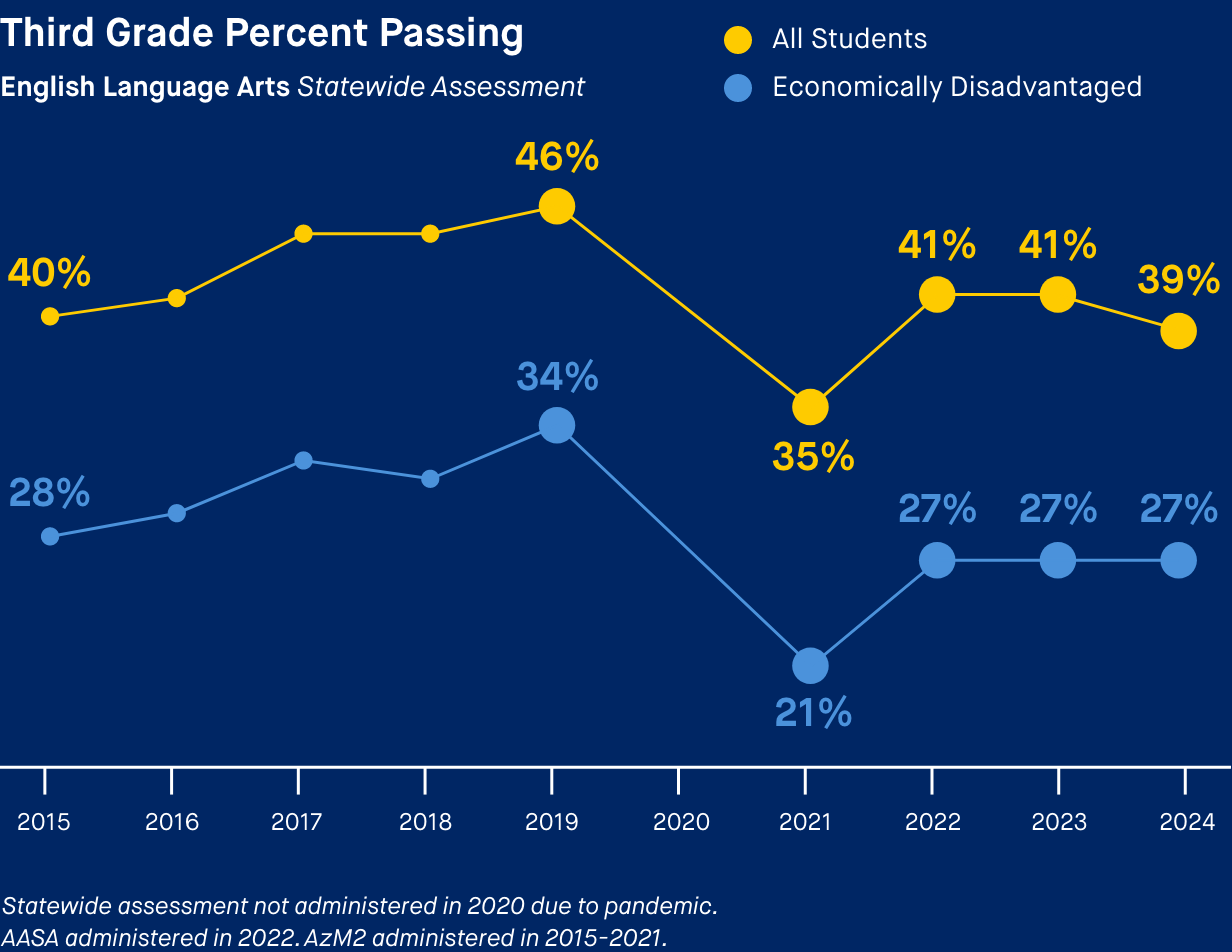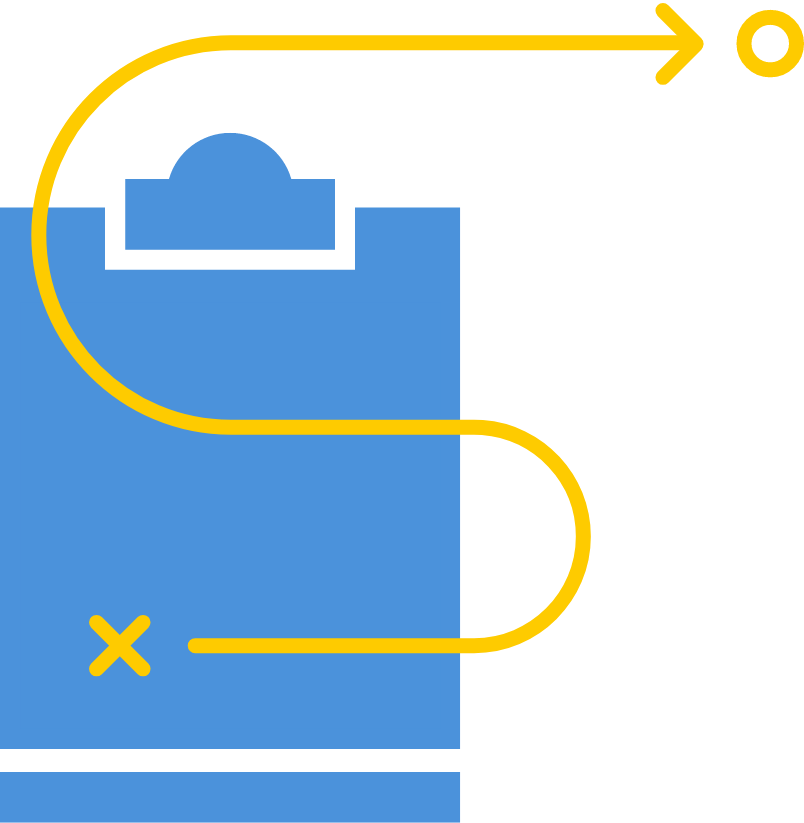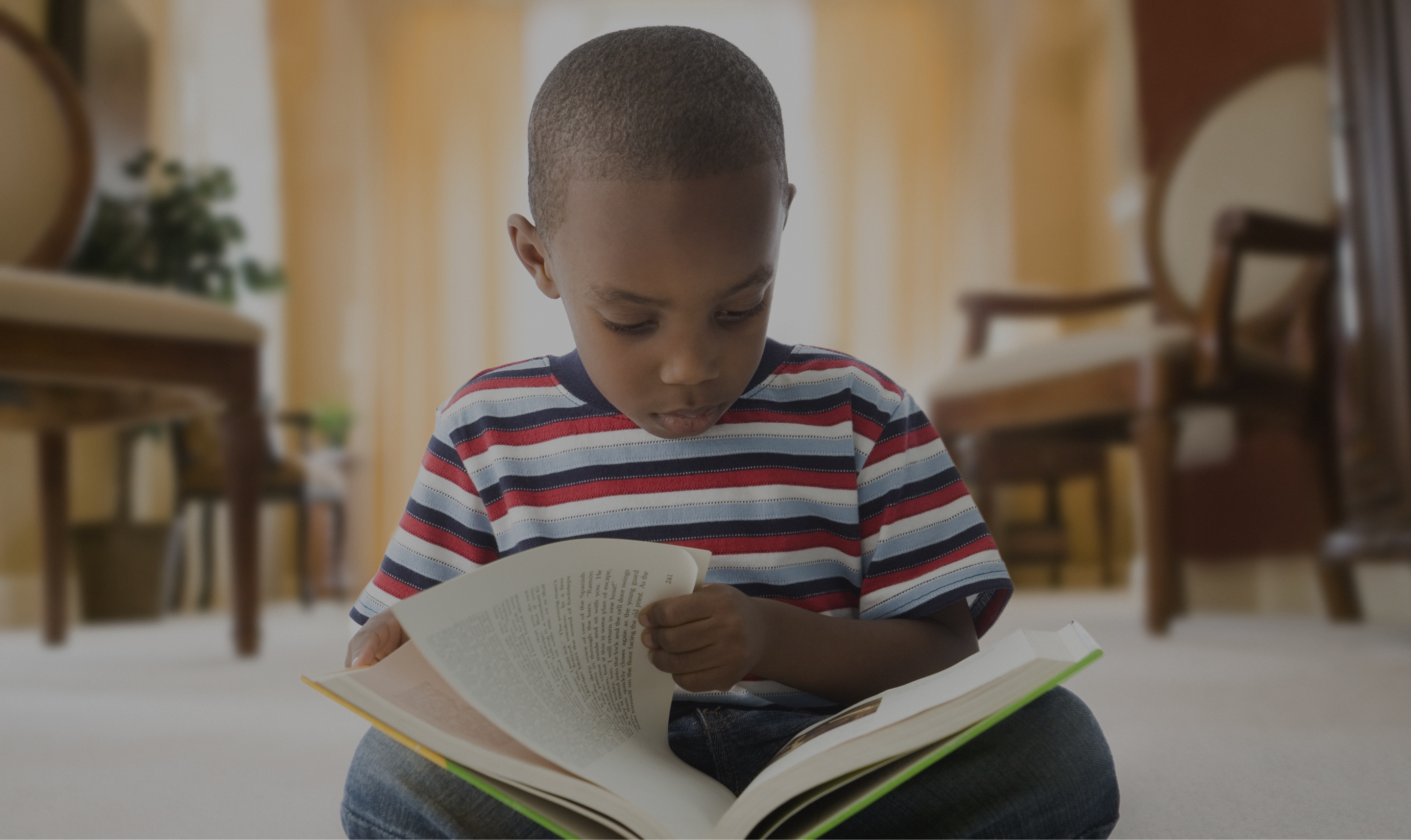
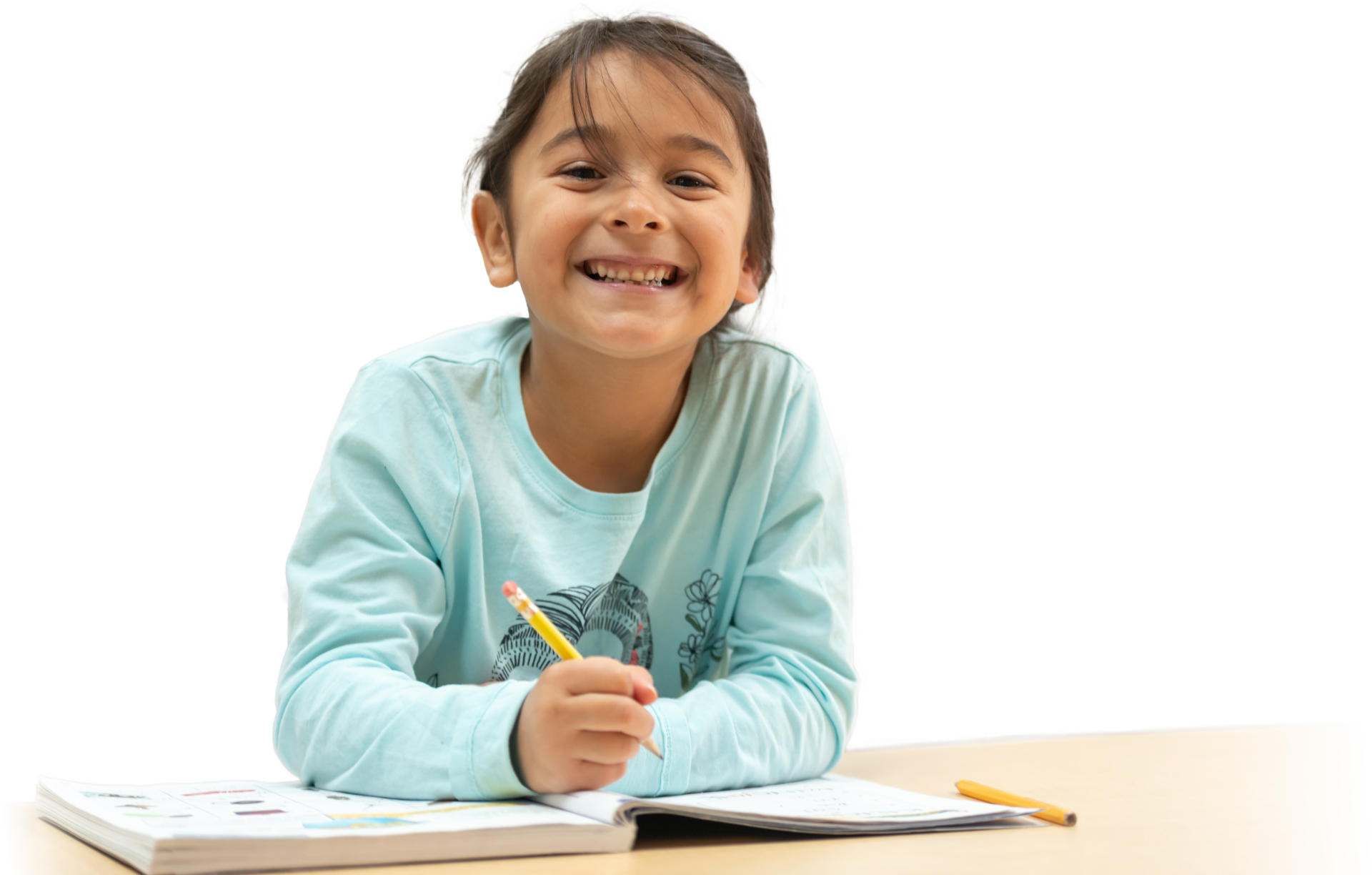
-
Reading is the foundation for school success.

-
But learning to read doesn’t happen automatically.

-
Literacy starts in early childhood.
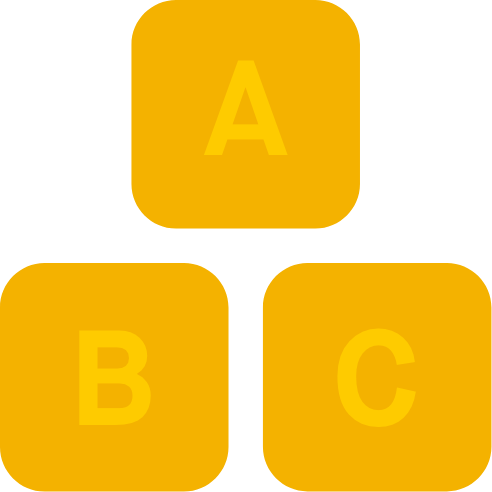
-
We can teach our children to read.
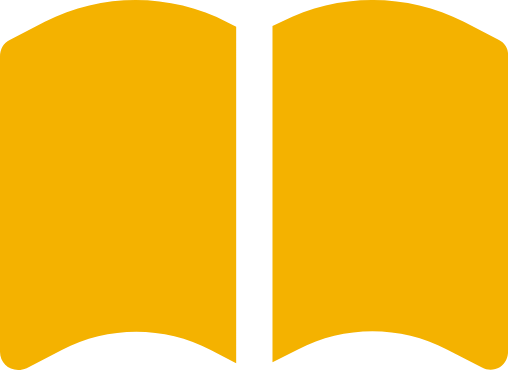
-
Third grade is a crucial milestone.
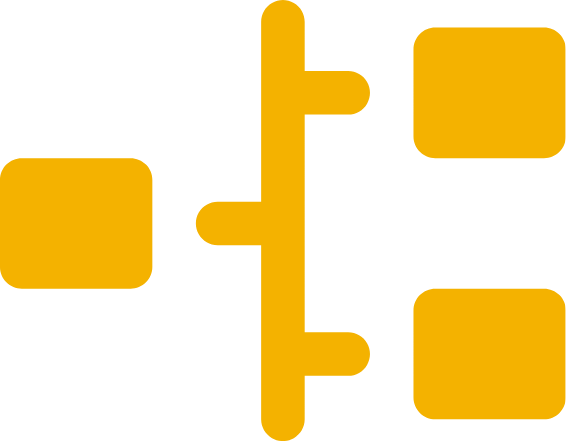
Literacy impacts every aspect of academic achievement across all subjects, including science and math. That’s why learning to read is a student’s most important educational challenge.
Our brains aren’t pre-wired for reading. It’s a complex skill that must be learned. Decoding letters and words is just the beginning. Proficient readers also have the fluency, vocabulary, and background knowledge to make meaning from what they read.
The abilities needed to be a good reader start developing from birth, and the learning that happens before they start kindergarten prepares children for school success. Research shows that early language skills and vocabulary are directly related to reading proficiency later on.
Decades of research provides a clear understanding of how skilled reading develops and how to most effectively support children, including struggling readers, in learning to read. With the right support and instruction, the vast majority of children can learn to read at grade level.
Research also shows that reading proficiency at the end of third grade is a strong predictor of future academic success, including high school graduation and college attendance. Students who don’t learn to read well by third grade are likely to fall behind in all subject areas and are much more likely to drop out.
Where We Stand.
-
-
-
-
-
Getting there requires a comprehensive approach.
No single strategy, program, or policy will get us to our goals. Partners in Read On Arizona have identified and are implementing the comprehensive set of policies, strategies, and targeted investments needed to improve school readiness and third grade reading in our state.
But success is not guaranteed. We won’t get there without the commitment to implement these strategies well and do everything we can to help our children read at grade level. This is not optional.
Arizona is on the
right course.
- Arizona is one of a handful of states with the fundamental components of a comprehensive set of early literacy policies and legislation that are proven to drive improved reading outcomes.
- Third grade reading proficiency was improving steadily prior to the pandemic and rebounded in 2022.
But less than half of our third graders are proficient readers.
Like every other state, we lost ground through the pandemic, and only 39% of our third grade students passed the most recent statewide assessment. (Scores in the proficient or highly proficient categories are considered passing.) Long-standing achievement gaps persist, especially among economically-disadvantaged students. So while we’re on the right course, we still have a long way to go.
We need to prioritize early literacy in Arizona.
That means working together, in coordination and collaboration, to take the bold action required to get better literacy outcomes:
- Build educator capacity in the science of reading.
- Provide the evidence-based support, instruction, and targeted interventions that each student needs to be a strong reader by third grade.
- Give families the tools to support their children’s language and early literacy development.
- Expand access to high-quality early education.

